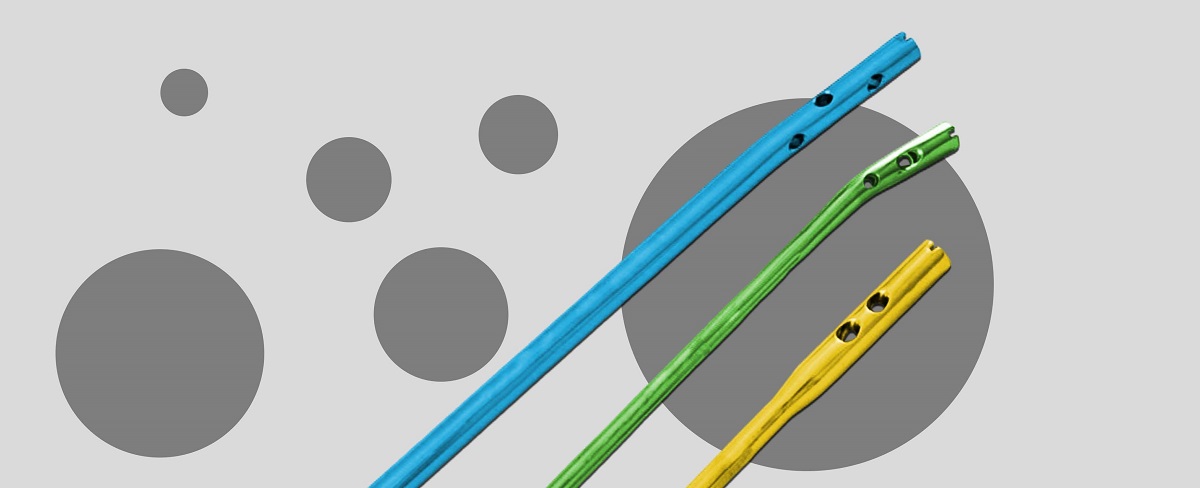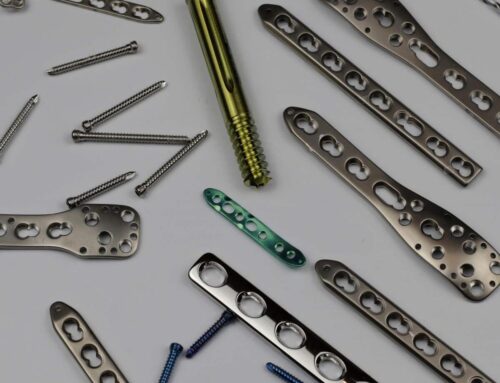Intramedullary interlocking nails, also known as intramedullary nails or rods, are surgical implants used in orthopedic surgery to treat fractures of long bones such as the femur, tibia, and humerus. These nails are inserted into the medullary canal of the bone and are designed to provide stability, alignment, and support during the healing process.
Here’s an overview of the key aspects of intramedullary interlocking nails:
Composition:
These nails are typically made of biocompatible materials such as stainless steel, titanium, or titanium alloys. The choice of material depends on factors like strength, flexibility, and compatibility with magnetic resonance imaging (MRI).
Design:
Intramedullary nails come in various shapes and sizes to accommodate different bone sizes and fracture patterns. They are usually cylindrical or slightly tapered in shape. Some nails have locking screws that engage with the nail to prevent rotation and maintain alignment.
Surgical Procedure:
The insertion of an intramedullary nail involves a surgical procedure called intramedullary nailing. During this procedure, the surgeon makes an incision near the fracture site, drills into the bone to access the medullary canal, and inserts the nail into the canal. Locking screws are then placed through small incisions to secure the nail in place and stabilize the fracture.
Indications:
Intramedullary nailing is commonly used to treat fractures that are unstable, displaced, or comminuted (broken into multiple pieces). It is particularly effective for fractures of the long bones of the extremities, such as the femur, tibia, and humerus.
Advantages:
- Provides excellent stability and alignment, allowing for early mobilization and faster recovery.
- Minimally invasive procedure compared to traditional open surgery, leading to less tissue damage and faster healing.
- Can be used in conjunction with other fixation techniques, such as plates and screws, for complex fractures.
Complications:
- Infection at the surgical site.
- Malalignment or nonunion of the fracture.
- Damage to surrounding nerves or blood vessels during surgery.
- Implant failure, such as breakage or loosening of screws.
- Compartment syndrome, a potentially serious condition caused by increased pressure within a muscle compartment.
Postoperative Care:
After surgery, patients typically undergo physical therapy to regain strength and mobility in the affected limb. Regular follow-up appointments with the surgeon are necessary to monitor healing and address any complications that may arise.
Intramedullary interlocking nails have revolutionized the treatment of long bone fractures, offering a minimally invasive and highly effective solution for patients with complex fractures. However, like any surgical procedure, it carries risks and requires careful consideration of patient factors and fracture characteristics before implementation.




Leave A Comment